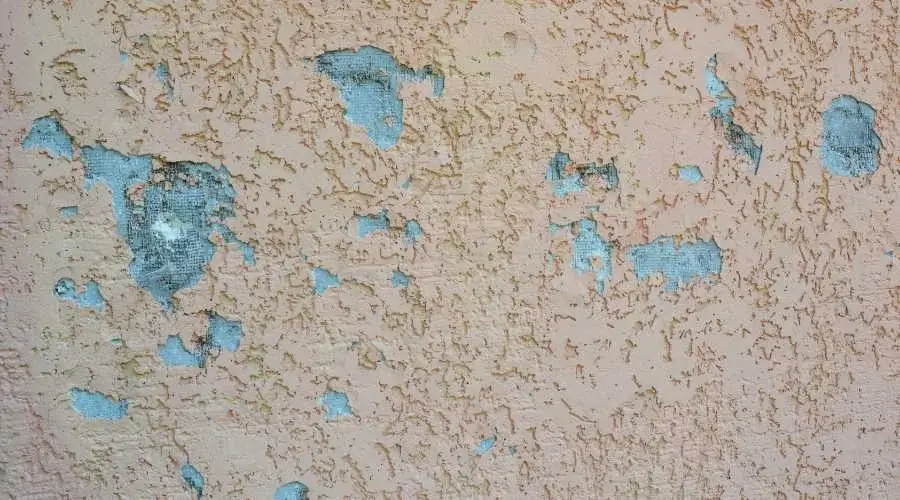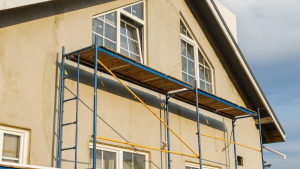Stucco is a cement-based plaster that is used to coat interior and exterior walls, as well as other surfaces. It’s made of cement, sand, and lime and hardens into a long-lasting product with minimum maintenance.
Stucco is not only low maintenance and energy efficient but also fire and rot resistant, adding value to your home. It is best to take care of your stucco walls early on and fix any stucco holes that develop.
HOW TO REPAIR STUCCO?
Caulk may seal hairline cracks less than a third to a quarter of an inch wide. Stucco-patching caulks, often made of latex resin, are flexible enough to stretch and seal the crack even if it grows rapidly.
Despite the fact that stucco is one of the most durable construction materials wall coverings available, time, settling, and impact damage may all develop cracks and holes in the hard material. Significant stucco holes and cracks must be repaired as soon as they emerge to minimize additional damage.
Repairing these large exterior stucco holes is a difficult task. It takes patience and the right tools. Your repair may be amateurish in comparison to a stucco repairer. However, you may contact a stucco repair near me at any time to complete the job.
In this piece, we’ll look at a couple of methods for repairing large stucco holes on your own.
STEP 1:
Bring all of the equipment required to repair the stucco hole. You’ll need gloves, eye protection, and a dust mask.
STEP 2:
The first step is to remove any sharp edges. Using a cold chisel and ball-peen hammer, remove any loose plaster from the hole, then blow away the dust.
STEP 3:
Remove the old metal lath from the patch area’s unaffected stucco. You can work more comfortably if you draw back the lath.
STEP 4:
The rubber membrane should be used to seal off the lath’s outside border. The portion that is being sealed may not adhere effectively to the rubber membrane. In this case, improvise or use a few staples to attach it.
In place of the more costly rubber membrane, you may use a tube of Polyurethane sealer, which is less expensive and was formerly employed for this purpose by builders.
STEP 5:
A piece of double-D tar paper should be cut. It should be cut to fit the exposed section of the route. To fix the work to the sheathing, use a hammer and tacker.
STEP 6:
Prepare your Portland cement and laminate. Apply laminate to the mesh wire introduced into the hole and leave for no more than ten (10) minutes.
STEP 7:
Then, apply it to the applied stuffing using a clean dash brush dampened with Portland cement. If you run too rapidly, the cement will sink drastically. Do not dash the laminate repeatedly since this will also be subtle.
STEP 8:
Allow it to dry after drawing patterns on it using a pattycake trowel. While the wall is dried, paint it.
Stucco patch compound is required to repair larger cracks, chipped-out regions, and other issues. Remove any loose materials from the patched area before applying this material, and then carve V-grooves into the crack’s sidewalls.
Fill the hole or gap using a masonry float or trowel after mixing the patching compound according to the container’s directions. Before letting the compound cure, sand the repaired area using a scoop.
To cover the repair, apply a separate layer of stucco patch and recreate the texture pattern using a comb or trowel once the compound has hardened.
FINAL THOUGHTS
As a result of settling and impact damage, stucco cracks and holes may emerge over time. It is vital to choose a reliable stucco repair near me.


